The dance of utensils, vessels, and food
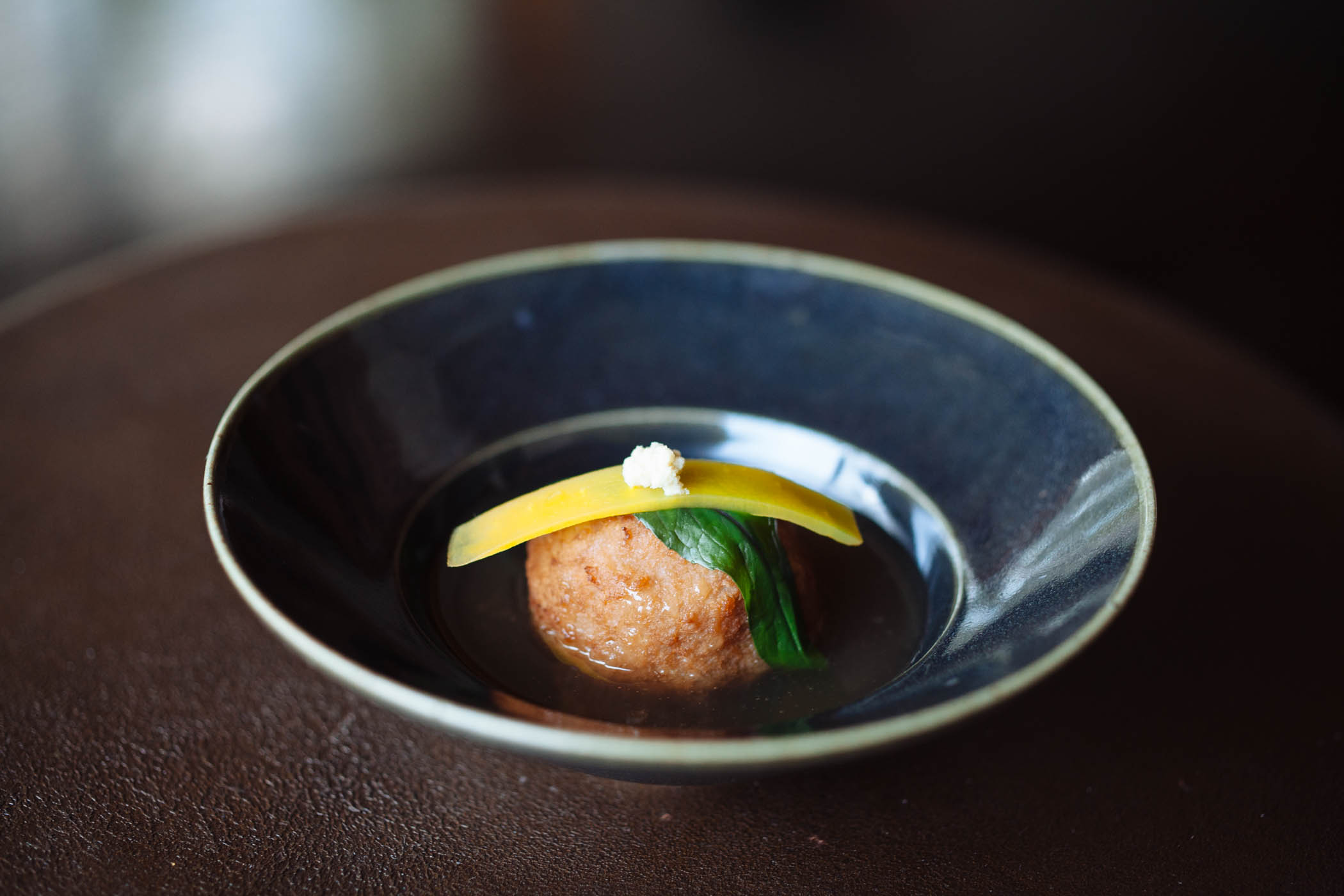
There is a pervading image of the Japanese table laden with small plates and bowls, each place set with individual servings of each course in its own small dish. Not quite as many appear at our table, and certainly never so many at once. The special relationship between food and vessels is ever expressed at the table in this family of cooks and potters. Meals unfold, savored in courses over a long evening. The first sashimi course might be individually plated. But most other dishes are served in hachimori style, arranged in serving vessels to be passed around and shared. It’s a family style of eating that embodies the lessons of equality and consideration found in tea. Each guest assesses the volume of food and the number of diners and gauges what is appropriate to receive. Quantity, quality, and gesture are considered; one must not take too much nor take the finest morsel and care is taken to preserve a lovely presentation in the vessel for the next person to enjoy. Each course is savored one by one. Using just one plate, called a torizara, throughout many courses encourages one to eat carefully. Each dish is appreciated in its own time. Bits of leftover food or sauce would compromise the following flavor and a tidy manner ensures that the plate is clean and ready to receive the next course.
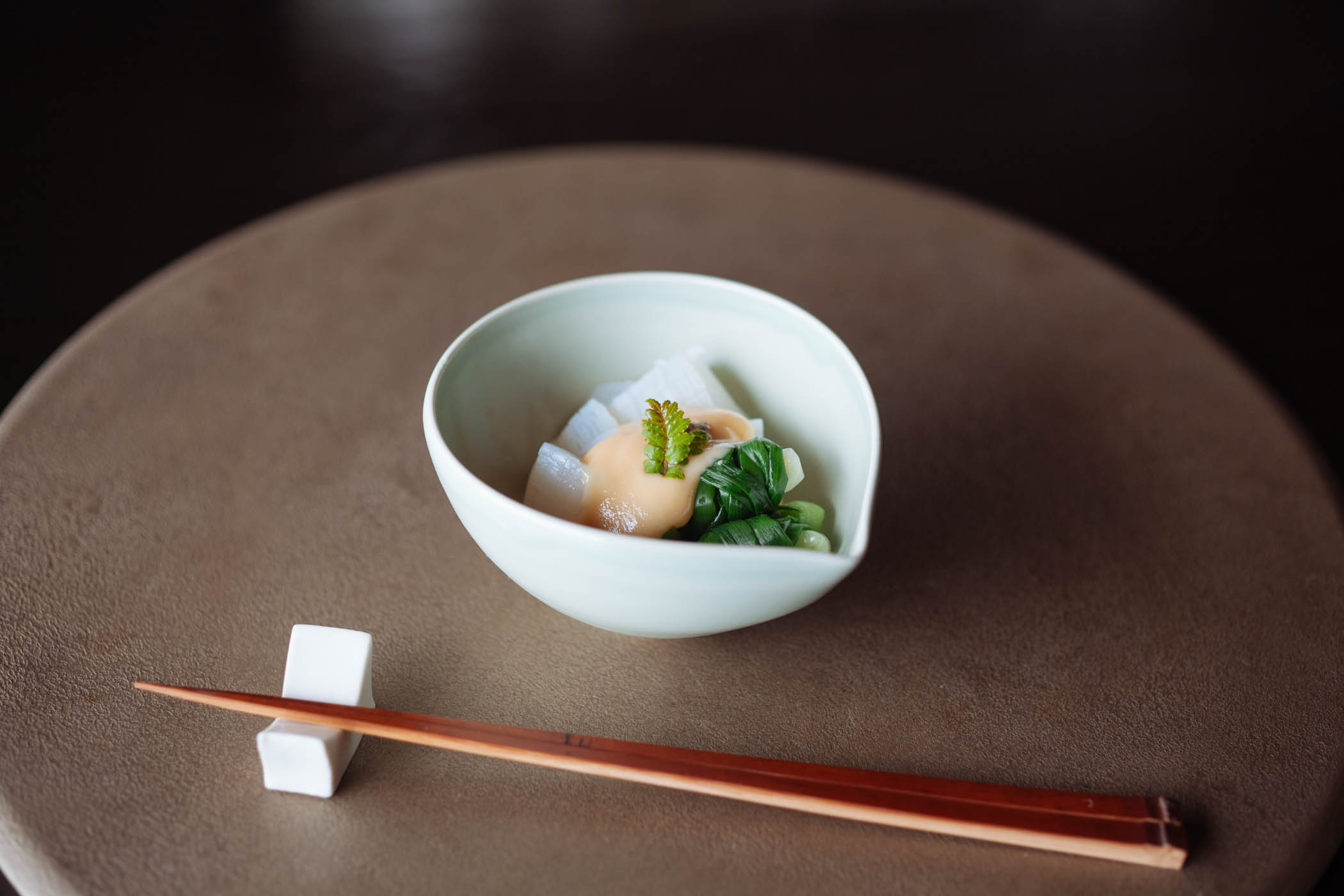
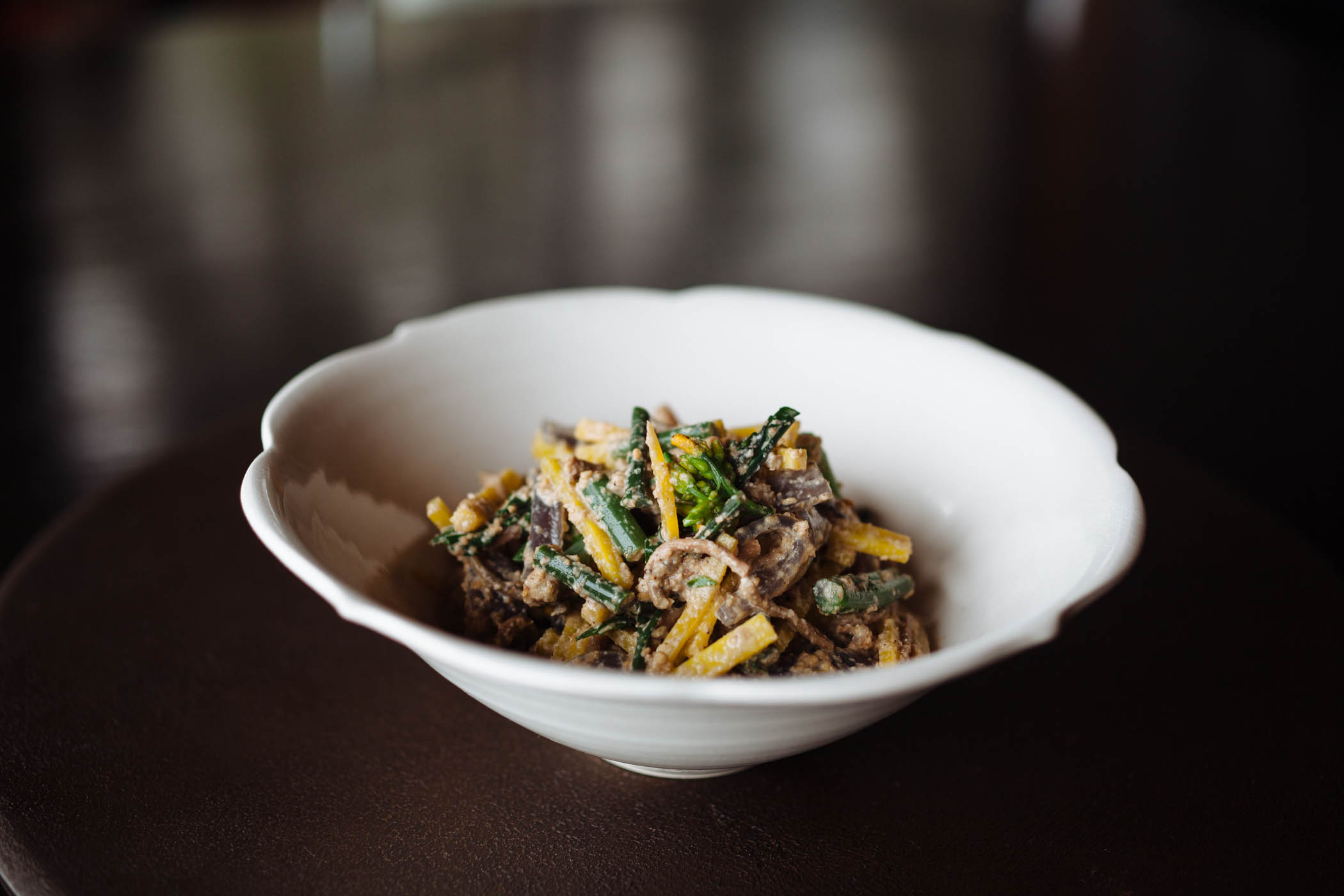
The use of a single set of chopsticks has shaped the way food is consumed in Japan. Food is cut into one or two bite sized pieces, to be easily handled by chopsticks. Courses served in broth, a clear fish soup or wanmono, considered the main dish of cha-kaiseki, are served in vessels meant to be lifted so as to sip directly from the bowl. A small foot rests snugly rest in your palm and a considered rim, called the lip, is designed to meet yours.
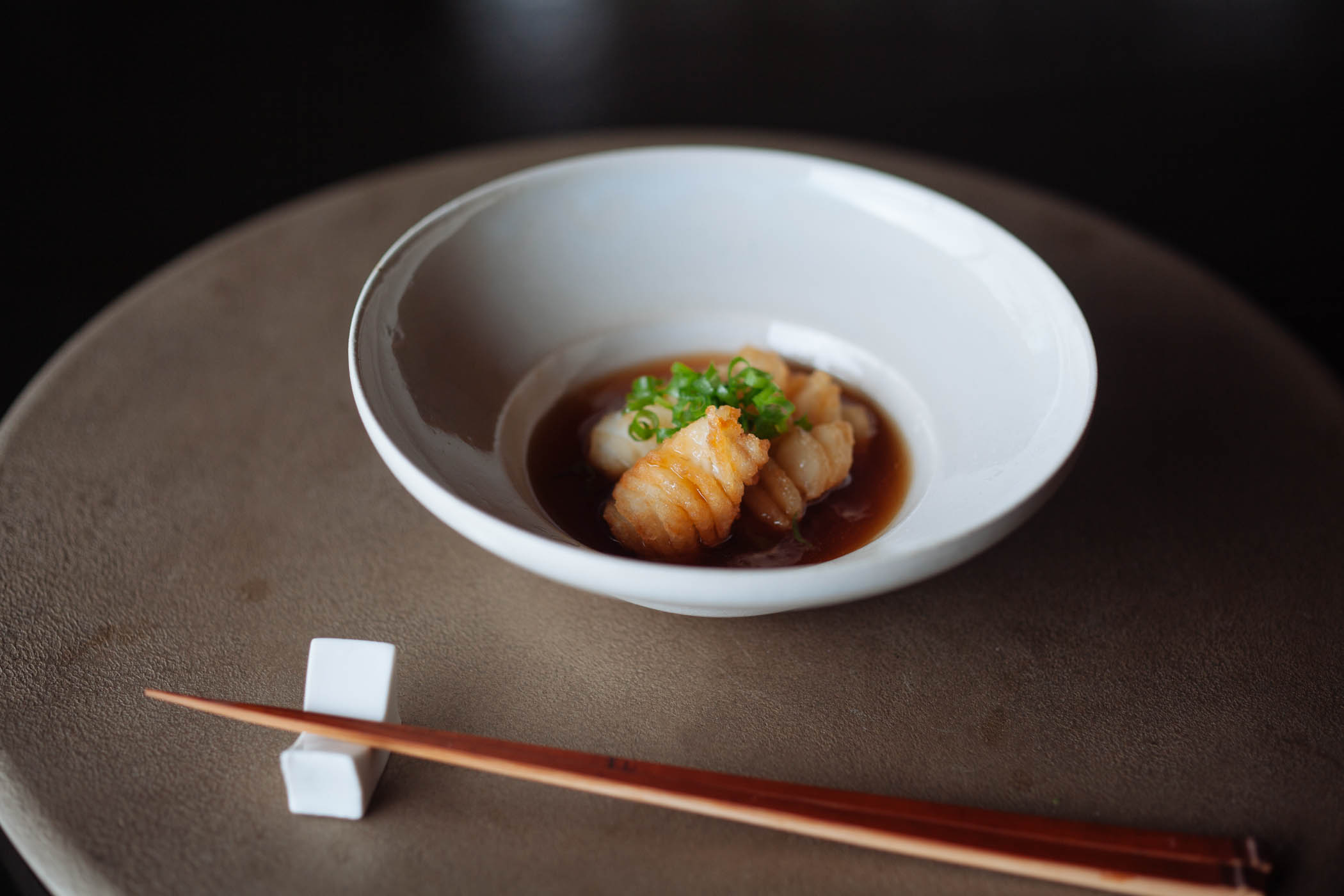
If characterized as rigid theories of etiquette or commands proclaimed from above, table manners can feel forced and stringent. But I’ve always found great beauty in the layered gestures of movement at the table. The graceful handling of utensils shows reverence and ensures longevity. Items are picked up and set down again, never pulled or pushed, to prevent the rough foot of ceramics from scratching a lacquer tray or wooden table. Whether holding the katakuchi to pour sake or a guinomi to receive it, both hands cradle the vessel. A simple cup of roasted tea is sipped just as a bowl of matcha would be in the tearoom. Lifted with the right hand and cradled in the left palm, the right thumb and index finger guide the rim to the lips.
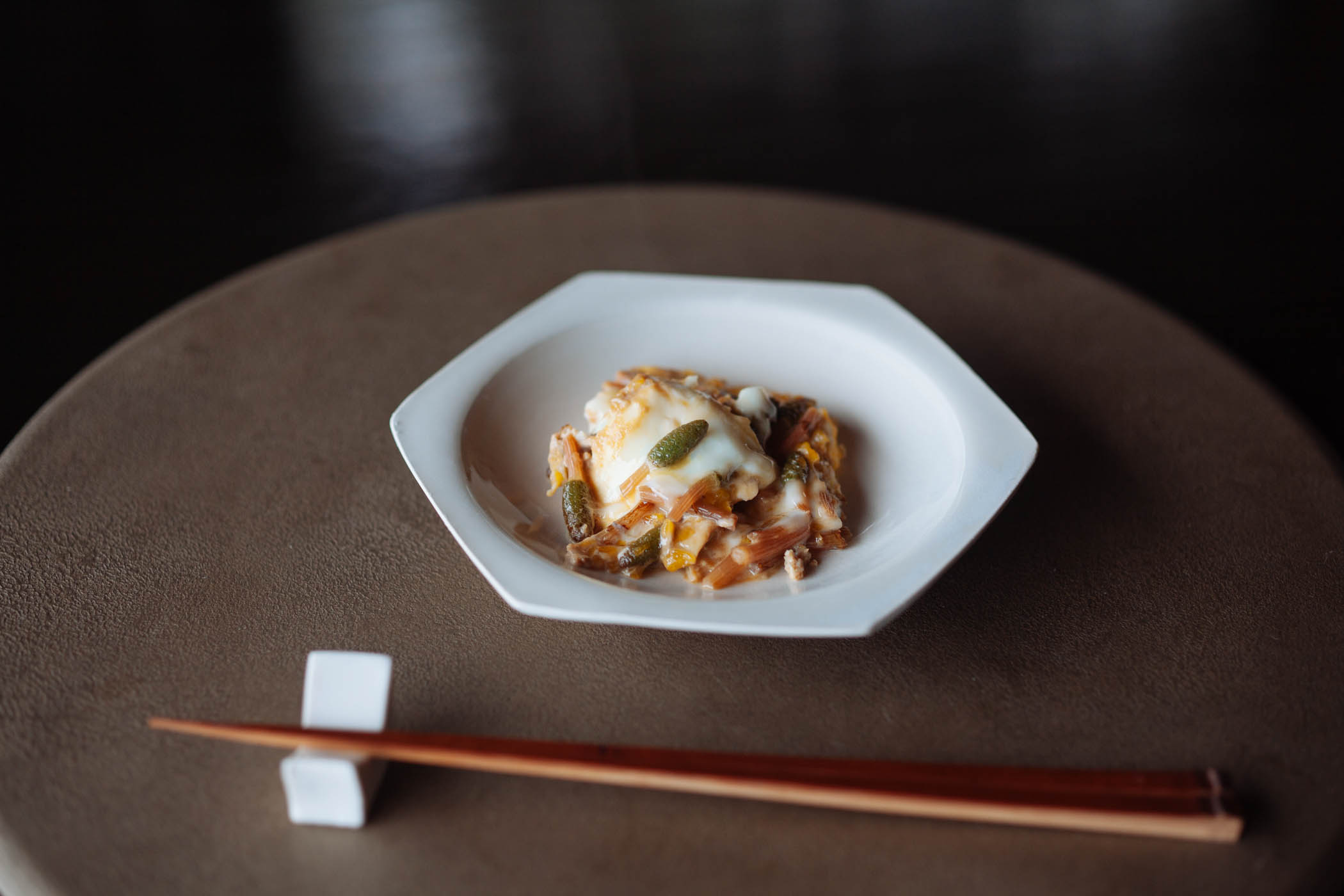
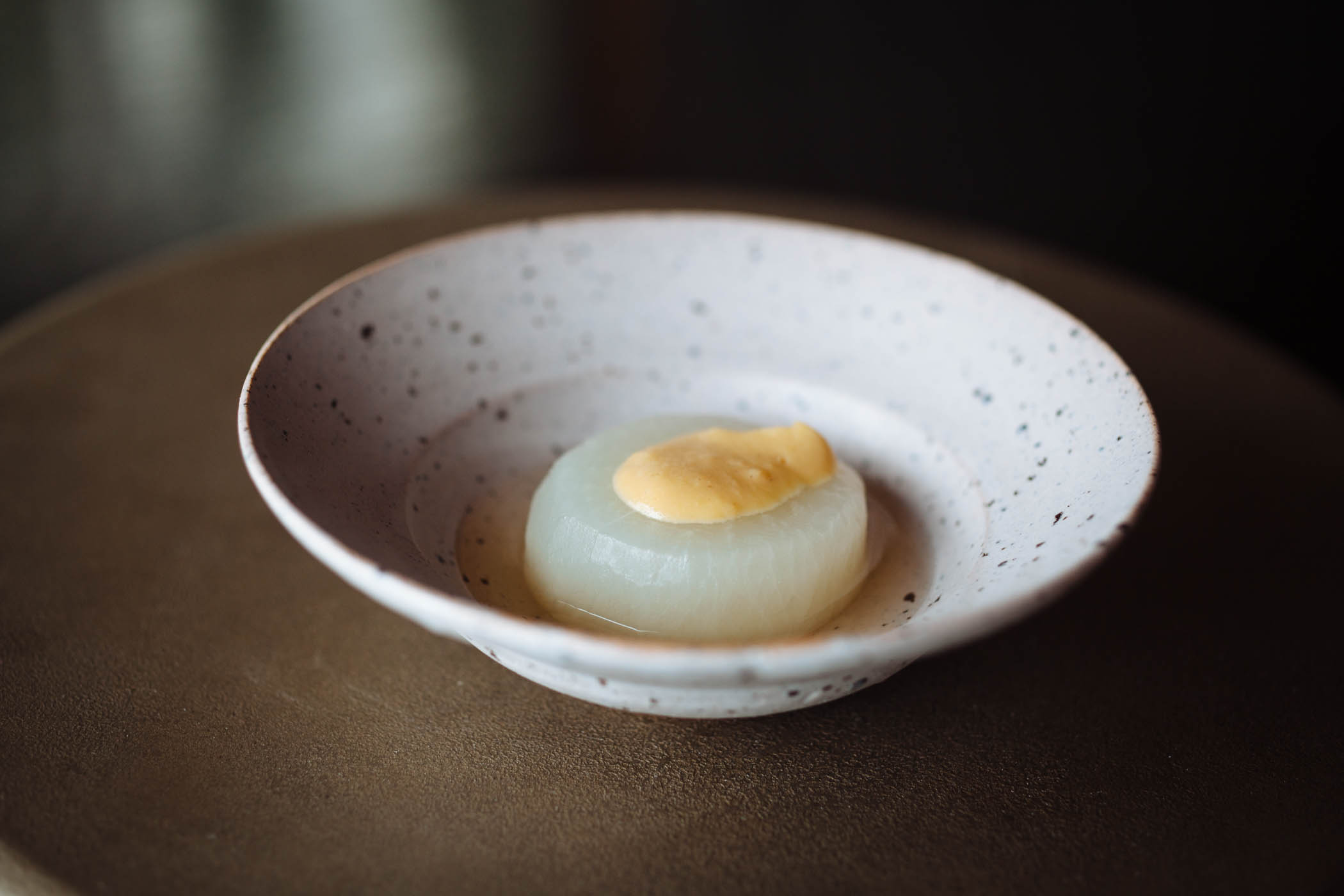
When not in use chopsticks return to their rest, snuggled together with tips aligned. To lift them from the rest, the right hand pinches them from above and sets them along the inner surface of four extended fingers of the left. The left thumb secures them as the right hand reaches under to grasp from beneath. The same fluid motions are performed in reverse to set them down again. The economy of movement and gentle choreography in the tea room and around the table serve to foster community, humility, and grace, qualities that allow people with different histories, ideas, and titles to coexist harmoniously. Each movement expresses equality, gratitude, and respect, for the company at hand, for the wares and the craftsmen who made them, for the ingredients and the farmers who grew them, and for the cook who has taken great care to make something delicious and beautiful. Honoring these efforts encourages presence and attention to the act of eating which in turn heightens the enjoyment of good food and good company.
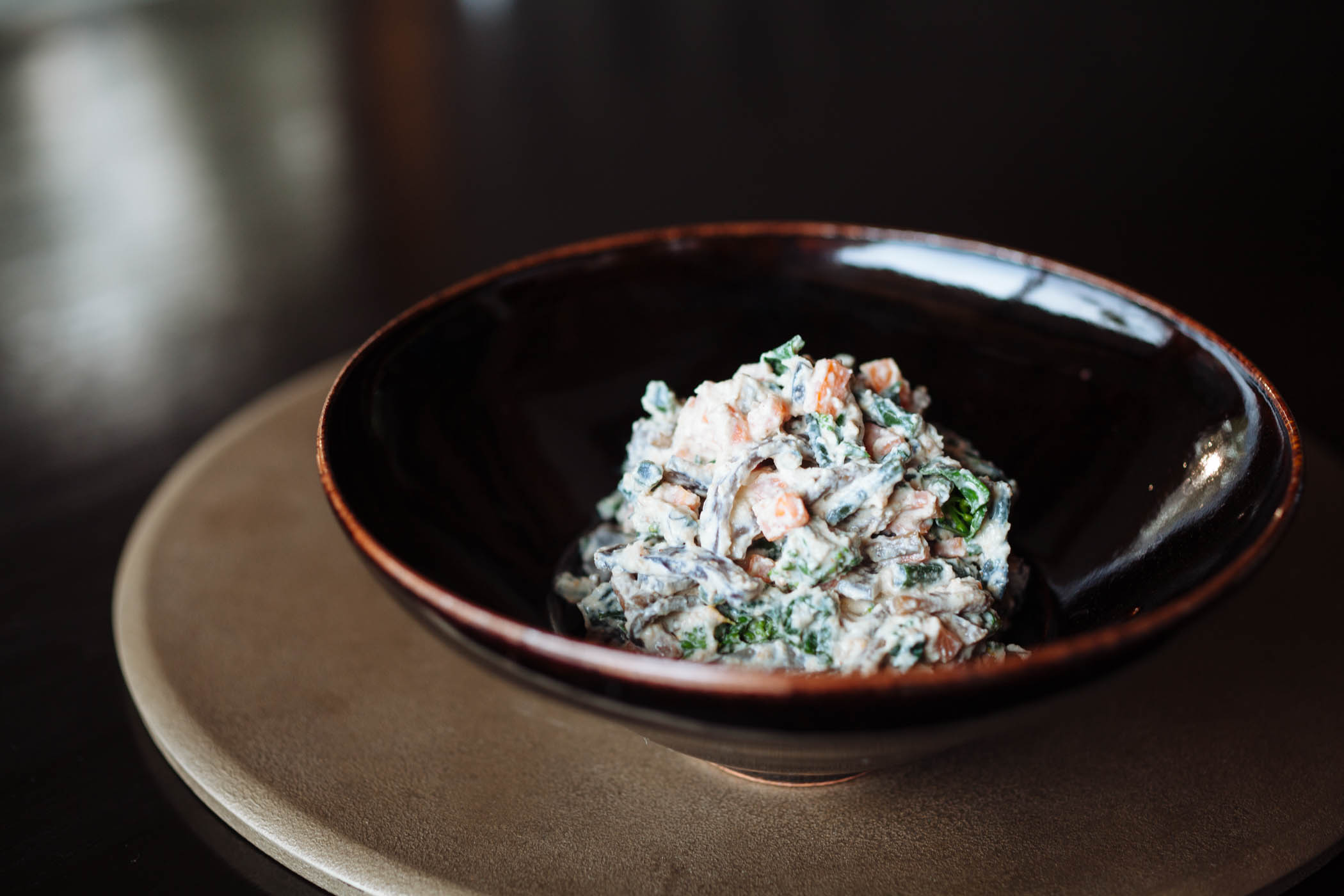
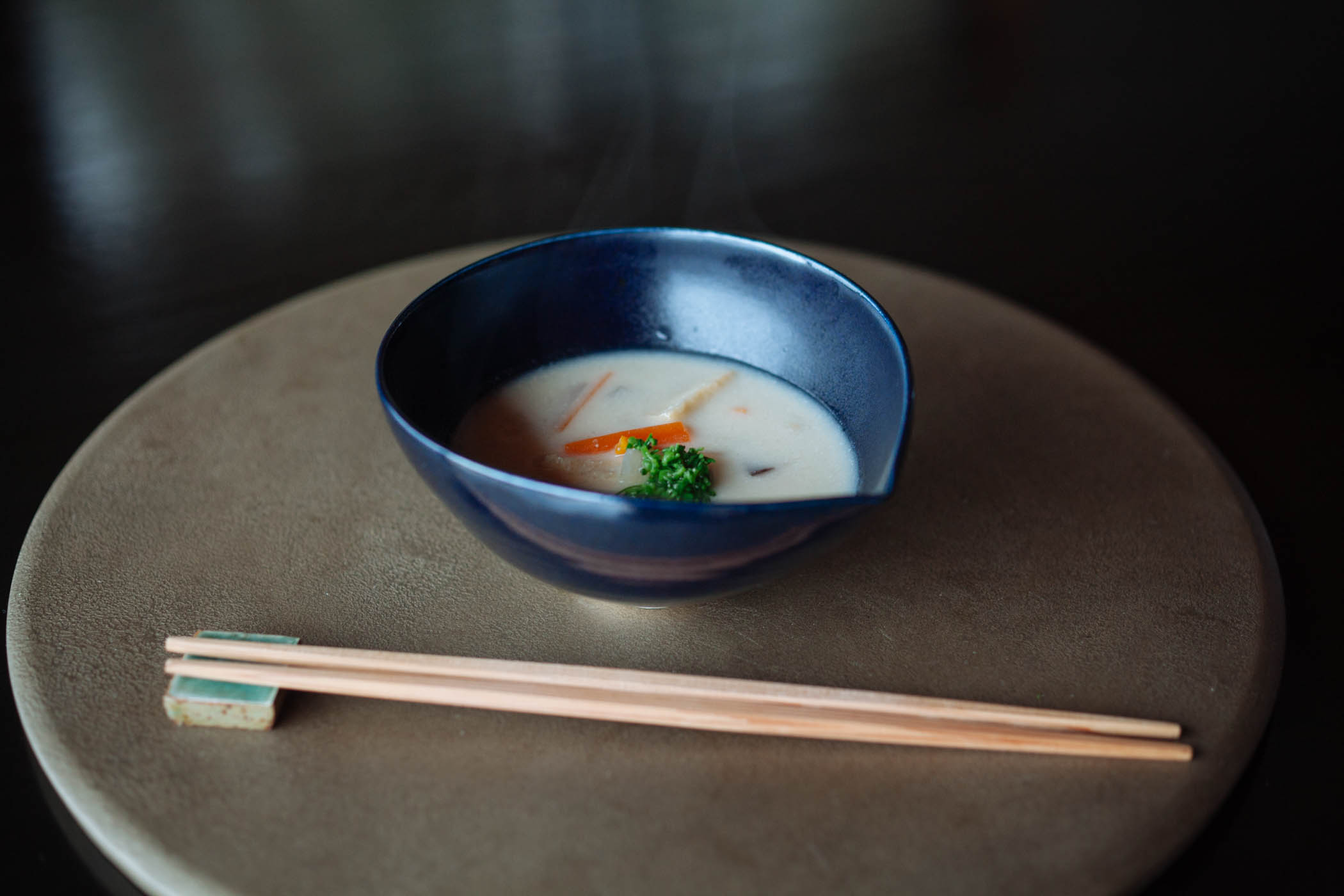
All vessels made by my partner in love, food, and life, Hanako Nakazato